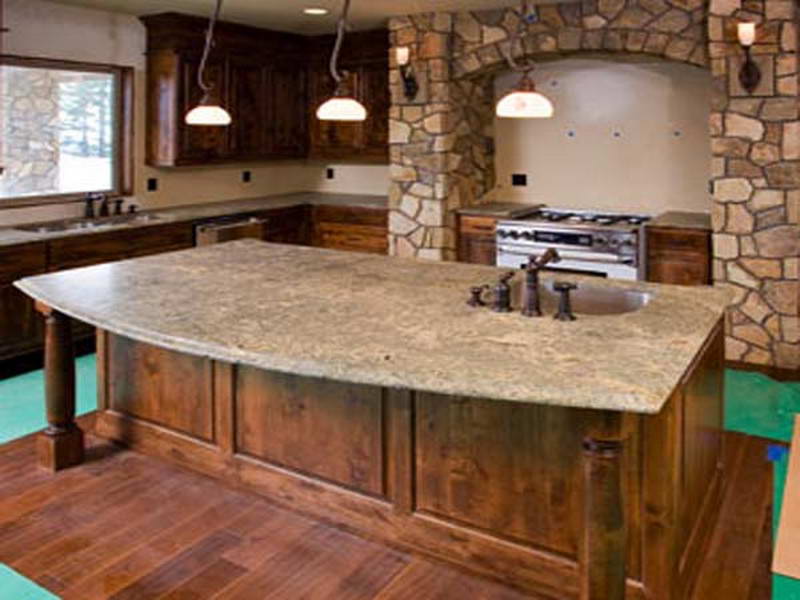Have you ever envied the smooth, sleek countertops that pervade your favorite kitchen shows? Have you ever dreamed about getting a bright countertop to make your workspace appear wider? Or have you ever craved a countertop with enough marble to rival an Italian museum?
Come to think of it, what are countertops for? And what are countertops made of?
Countertops refer, in general, to the horizontal surface that coats kitchen counters, as well as other areas where food is prepared. Countertops also refer to any working counter, as they are installed on top of any surface, and are usually supported on the bottom by cabinets.
Countertops can be manufactured from a wide variety of materials. Selection of countertops depends upon the cost of the material, its appearance, its durability and strength, and the ease with which it can be worked on and installed.

Some common materials for making countertops include the following.
• Polished and laminated granite, or other smoothened natural stones – These are usually cheaper than most other materials, since they are readily available, and easy to work with. They are, however, harder to replace once they are chipped or damaged.
• Marble – Marble countertops are expensive, but if worked on skillfully and maintained, such countertops can last a long time. Depending on their color and veining patterns, marble countertops can also make a room appear stylish.
• Wood – Although not often used, wood can give a homey appearance to a room. Wood, however, is not recommended to be permanently installed on kitchen counters, as it can accumulate bacteria, especially if it is constantly used as a butcher block.
• Stainless steel – Most modern kitchens, especially those in restaurants, employ this durable material, as it is easily cleaned and maintained. Stainless steel also withstands most cracks and scratches. Stainless steel is also strong enough to stand on its own, and will not require cabinets to support it. This material, however, also easily takes on the temperature of its surroundings, so that children must be kept away from them, especially if the stainless steel countertop is part of a stove system.
• Plastic – A cheap alternative to expensive stones and steel, some countertops can be made of plastic, especially if the work to be done on it will not involve cutting or slicing.
• Formica – This mica-derived material is perhaps the most commonly used in household kitchens, as it is relatively cheap, durable, and can withstand scratches.
• Synthetic stone – Some countertops can be made of stone and resin mixtures. One strong variety of this material consists of a plastic substrate enclosing quartz crystals.
• Laminates – Another form of countertops include the plastic laminates. These are produced by gluing a thin sheet of laminate over durable materials, such as fiberboard or concrete.
• Tile – Another common material for countertops is the ever-reliable tile. Tiles, however, can accumulate mildew and molds, and can be difficult to clean.
Countertops are constructed depending on their final use. Kitchen countertops, in particular, are formed such that they have a backsplash, or a raised edge that will keep spills from falling into cabinets. Countertop faces can also be decorated, from minimalist and plain, to elaborate, depending on the user’s desires.
Whether you’re after the “down-home” feel of wood, or the stylish sheen of marble, choose a countertop that will fit your needs, and not just be eye candy. After all, you can be inspired to work more and better if your room looks good – and just as discouraged if the surface you’re working on is more a hindrance than a welcome sight.


